Relief for Your Broken Frame (And Your Wallet)

Let’s talk about your composite frame. Notice I didn’t say carbon frame but carbon is what I'm talking about. I’m a little precious with the terms I use because I don’t know what your "carbon" frame (or handlebar or wheel) is made out of. There are different kinds of carbon fiber, just as there are different kinds of fiberglass. There is 3k Twill, 12k Twill, decussate, unidirectional, there’s matte and glossy, and there’s prepreg, wet layup, vacuum molded, resin transfer molded. You’ve heard of Kevlar and you think this is a brand of carbon fiber but really it’s aramid fiber and has different properties than carbon. In fiberglass you have E glass and then the higher-strength S glass and I can’t swear there’s no S glass in your frameset.
By saying you have a frame made of composite material we’re saying that 2 or more very different materials join to make something better than the properties exhibited by the individual materials. So, yes, in that sense concrete is a “composite” material because it’s made of sand, gravel and portland cement, and reinforced concrete is another composite material because it’s made of concrete and steel (e.g., rebar).
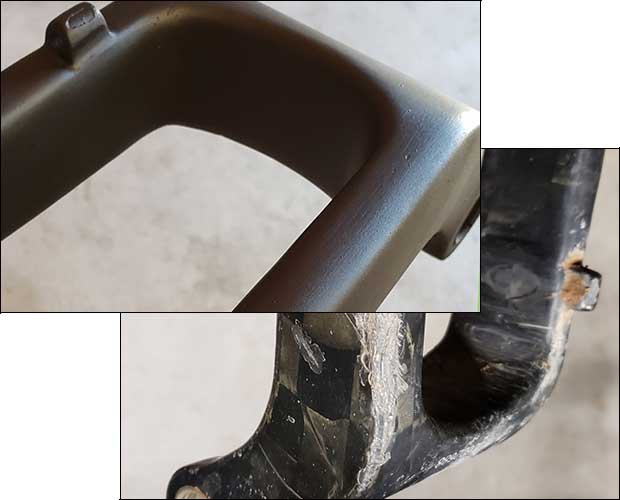
The beauty of a bike made out of composites – and in this case we’re talking carbon fiber and resin – is that you can just keep stacking layers of carbon fabric to make a frame stiffer/stronger in a certain area, and the kind of weave and the direction of the weave in specific parts of the frame allow a frame designer to give the frame strength or stiffness where the frame needs it, and less or lighter material where strength is not needed. This placement scheme of carbon inside a frame’s mold is called the “layup.” The shape and diameter of the tubes, and the layup used, that’s the black art of composite bike design (and wheel design, handlebar design, anything complicated and technical made of carbon fiber).
But as good as the carbon whisperer is who designs your bike his or her products can still break and they do from time to time. Of course any frame material is fixable but carbon is in general more easily fixable than bikes when made of metal. There is one company that’ll fix your broken carbon frame (or part) and as with frame making frame fixing is also its own special art. This Tucson-based company is called
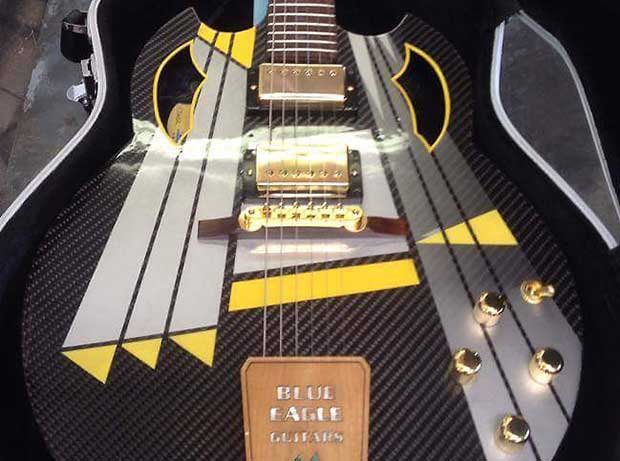
Among the “everything in between” was a carbon fiber bicycle frame and that was 14 years and about 1000 frames ago. I asked for some before/after pictures and a list of typical charges. You see the images herein and charges would be like these:
– Surface gouges: $320-$400
– Single break or crack in seat or chain stay: $360-$460
– Single break or crack in main tube: $400-$500
– Multiple breaks add $150 for each additional break
Every repair will be painted either with a flat black to accent the bike or as close as possible to factory colors over the repair area. All repairs will conform to the factory body lines. All repairs have a lifetime guarantee.
Turnaround time is 2 weeks or less once they receive the frame. You do not need to disassemble the entire frame; only the wheels need come off to do the repair. (Neither Slowtwitch nor I have any connection, financial or otherwise, to Carbon Fix.)
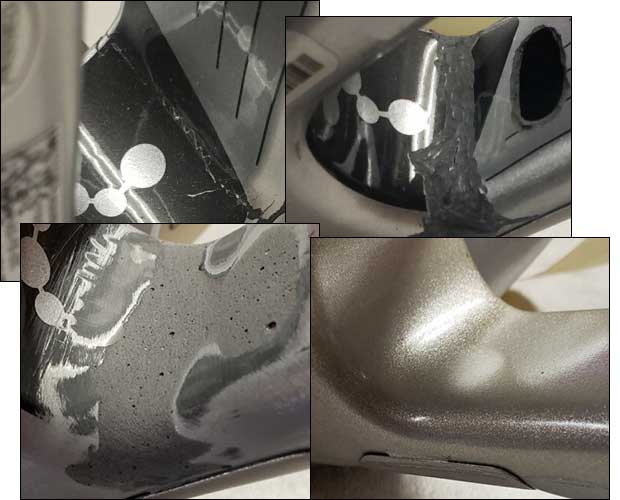
It’s amazing to me how much the price of carbon bikes has come down, considering the ghastly price of materials. I just bought a 55 gallon drum of epoxy resin and a 5 gallon bucket of hardener for a project of mine and the price was staggering. (Epoxy, not the polyester or polyvinyl resins most often used in surfboards and boats – is the resin used in your frame and in your – if necessary – frame repair).



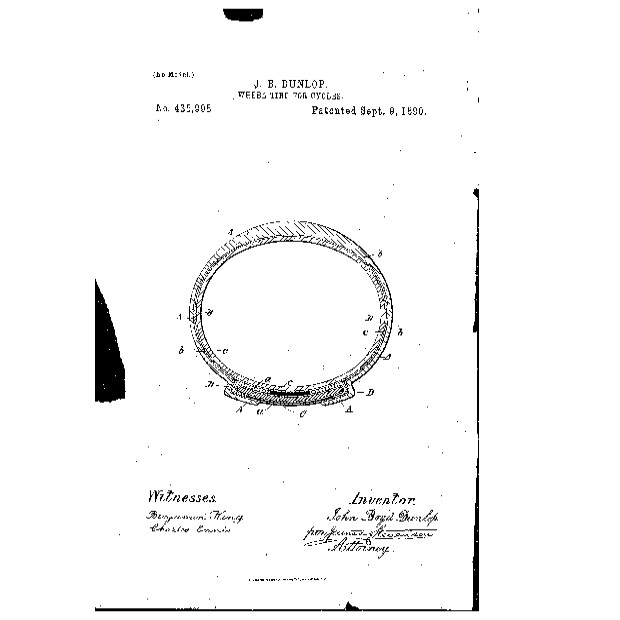
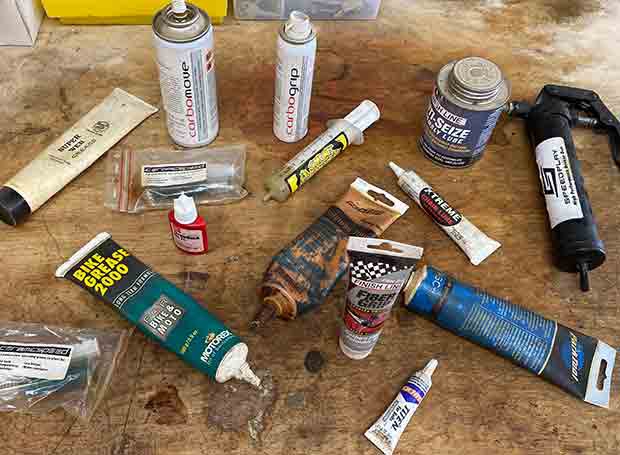
Start the discussion at slowtwitch.northend.network